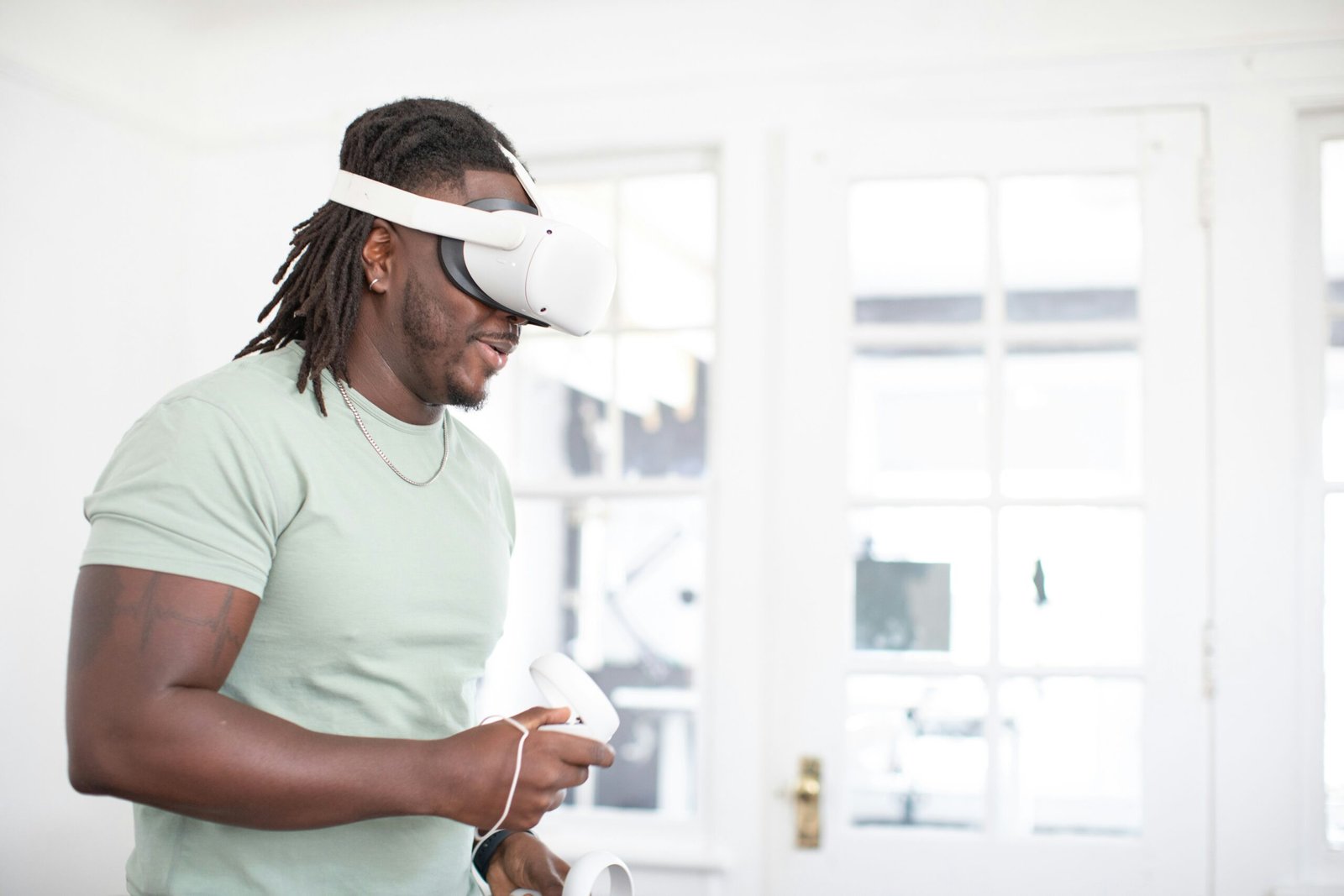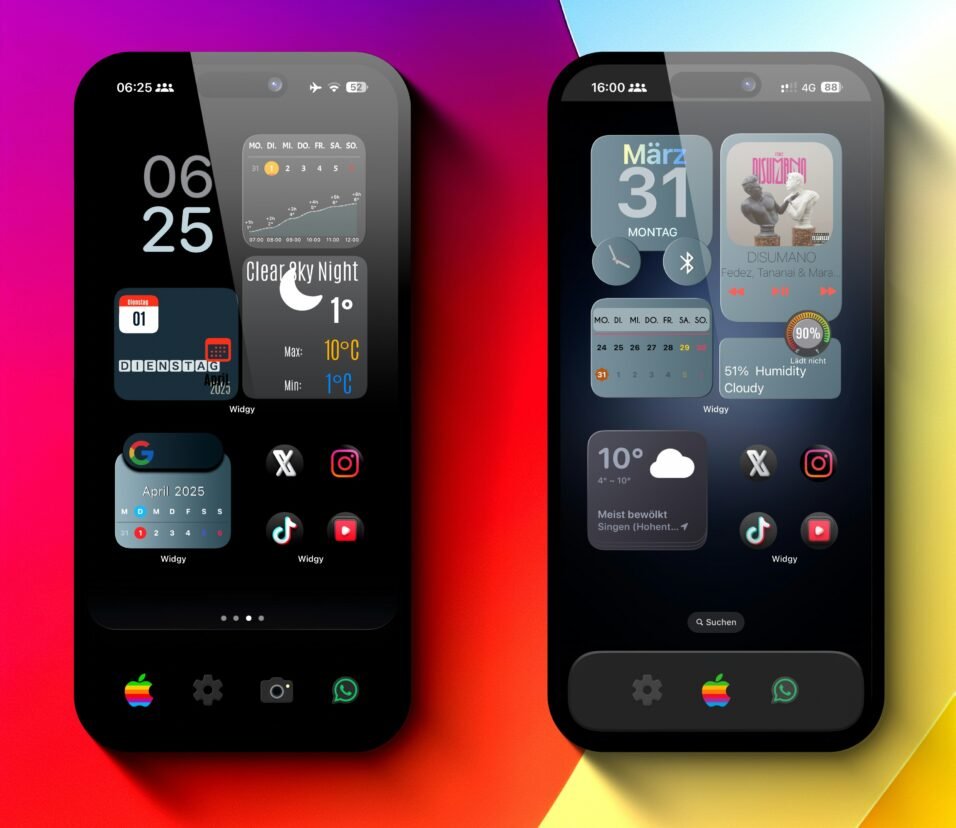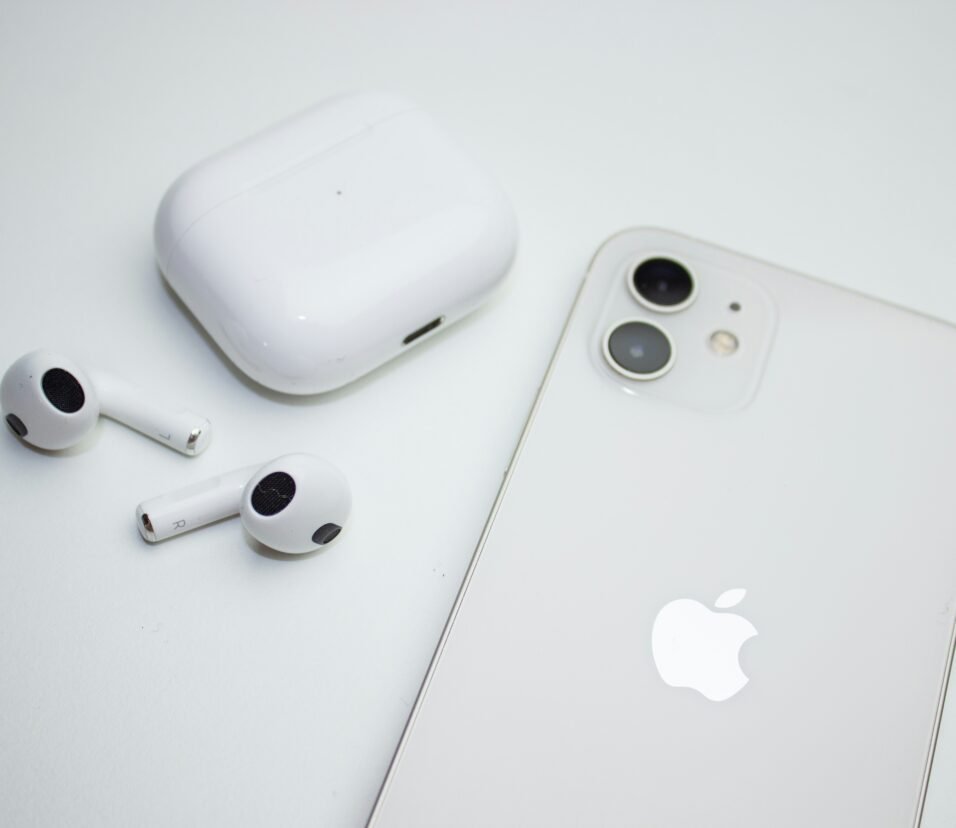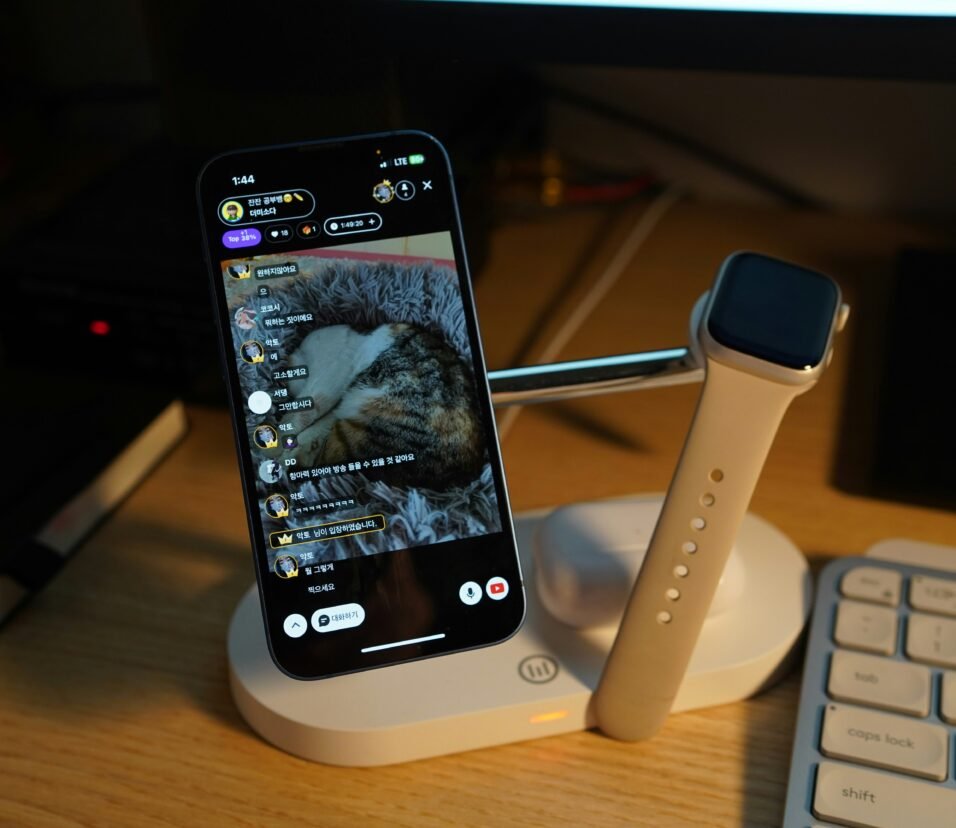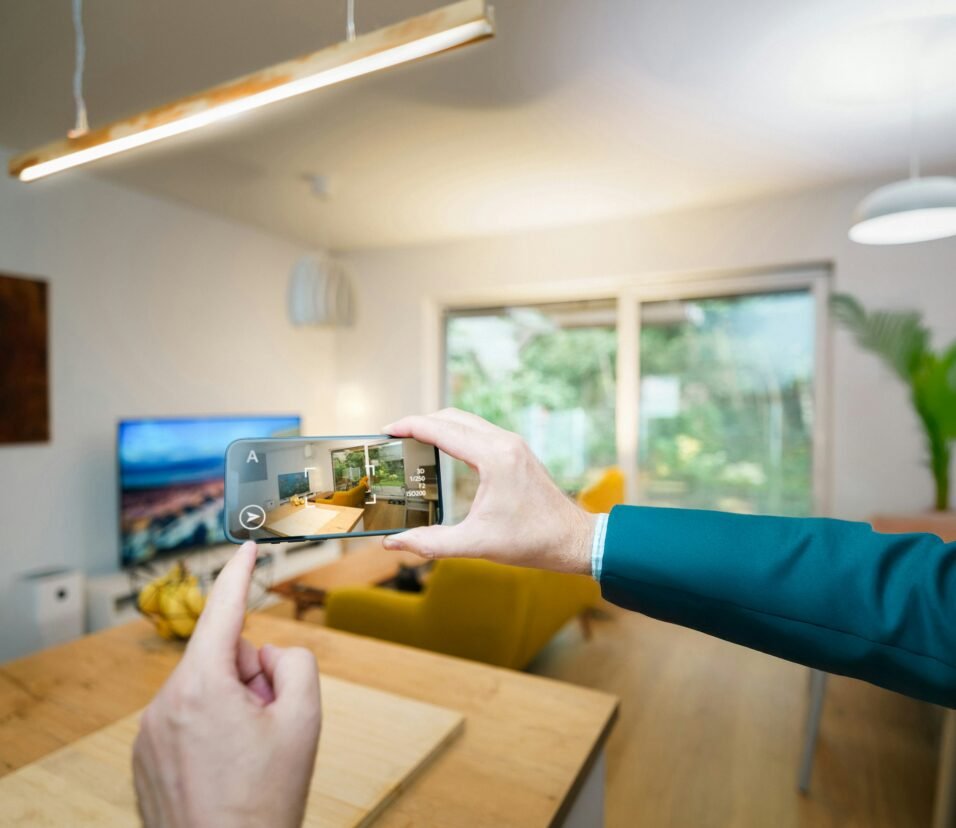Neuro-Wearables in 2025: Can a Headband Really Boost Your Focus?
Brain-boosting gadgets are going mainstream—from Silicon Valley boardrooms to student dorms. But do neuro-wearables really work, or is it just another wellness fad?
👀 Introduction: The Age of Cognitive Tech Is Here
In 2025, the idea of “training your brain” isn’t science fiction—it’s a growing industry. From wearable EEG headbands to non-invasive neurostimulation, neuro-wearables are promising better focus, faster learning, and even stress relief.
But how do these devices work? Are they safe? And most importantly—can they actually help you concentrate?
Let’s explore the real science, top products, and whether you should strap a brain sensor to your forehead.
🔍 What Are Neuro-Wearables?
Neuro-wearables are smart headbands, earbuds, or patches that monitor or influence brain activity to enhance mental performance.
They typically fall into two categories:
1. Brain-Monitoring Devices (EEG-based)
- Read brainwaves (alpha, beta, theta, etc.)
- Provide real-time feedback on focus, calmness, and fatigue
- Help users train themselves into optimal brain states (via neurofeedback)
Examples:
- Muse 2 / Muse S
- Flowtime
- Neurosity Crown
2. Neurostimulation Devices (tDCS/tACS/NIR)
- Deliver low-level electrical or light-based stimulation to targeted brain areas
- Aim to improve focus, memory, mood, or reduce anxiety
Examples:
- FocusCalm
- BrainCo Focus
- Hapbee / Apollo Neuro (vibration-based)
🧪 The Science Behind Neuro-Wearables
✅ What’s Real
- EEG tech can reliably detect mental states like drowsiness or calmness
- Neurofeedback training has been shown to improve attention in ADHD patients
- Non-invasive stimulation (like tDCS) has shown modest improvements in focus in clinical trials
- Meditation guidance via brainwave feedback improves consistency and effectiveness
❌ What’s Still Uncertain
- Long-term effects of regular stimulation
- “Instant brain boost” claims are often overblown
- Results vary widely between users
- Many studies are small-scale or industry-funded
🌟 Top Neuro-Wearables of 2025
Here are some of the most talked-about (and well-reviewed) cognitive wearables this year:
| Device | Type | Best For | Price |
|---|---|---|---|
| Muse S (Gen 3) | EEG + meditation coach | Mindfulness, sleep, calm | ₹35,000 ($399) |
| Neurosity Crown | EEG-powered neurofeedback | Focus during coding, work | ₹50,000 ($599) |
| FocusCalm | EEG + brain training games | Reducing mental stress | ₹25,000 ($299) |
| Apollo Neuro | Vibration-based neurostimulation | Calming the nervous system | ₹30,000 ($349) |
| BrainCo Focus | EEG for students | Improving attention spans | ₹22,000 ($259) |
🧘 How Do People Actually Use Them?
🧑💻 Knowledge Workers & Coders
- Use the Neurosity Crown or Muse to block distractions
- Train their brains into high-beta “deep focus” states
🧑🎓 Students
- BrainCo Focus used during study sessions
- Helps with memorization, attention span, and motivation
🧘 Meditators & Wellness Seekers
- Muse gives real-time feedback during meditation
- FocusCalm uses gamified relaxation scores
🧑🏫 Neurodivergent Individuals
- ADHD users report improved structure and accountability with consistent use
- Some use it as an alternative to medication (under supervision)
🧠 What It Feels Like
Most EEG wearables are:
- Lightweight headbands or clip-ons
- Painless and wireless
- Show a “focus score” in a companion app
- Offer guided sessions (breathing, visualizations, gamified tasks)
Neurostimulation devices (like Apollo or Hapbee):
- Use haptic vibrations or low-frequency pulses
- Feel more like a massage than electricity
- Are worn on the wrist, neck, or head
- Can run quietly while you work or relax
🔒 Are Neuro-Wearables Safe?
👍 Generally, Yes—If You’re Healthy
- Non-invasive EEG readers are totally safe
- Low-frequency tDCS and vibration wearables are considered low-risk
⚠️ But…
- Always consult a doctor if you have epilepsy, heart issues, or are pregnant
- Don’t overuse stimulation devices—they can affect mood if misused
- Avoid products with unverified medical claims
💡 Do They Really Work?
Based on Real User Feedback:
| Outcome | Reported By |
|---|---|
| Improved focus during work sessions | 70% of Neurosity Crown users |
| Better meditation consistency | 80% of Muse S users |
| Reduced anxiety and bedtime racing thoughts | Apollo Neuro wearers |
| Increased motivation to study | BrainCo Focus users |
| Quantified mindfulness progress | FocusCalm users |
💬 “It’s not a miracle, but it’s made me more aware of how my mind behaves.”
— A software developer using Muse + FocusCalm combo
⚖️ Pros & Cons
| Pros | Cons |
|---|---|
| ✅ Boost awareness of mental state | ❌ Can feel awkward to wear in public |
| ✅ Can improve meditation/focus consistency | ❌ Not everyone sees results |
| ✅ Fun and motivating feedback | ❌ Premium devices are expensive |
| ✅ No pills, no wires | ❌ Long-term benefits are still being studied |
🛠️ Tips to Get the Most Out of It
- Pair it with a daily ritual — meditation, work sprints, or reading
- Track your sessions and compare focus scores over weeks
- Don’t overuse stimulation — more is not always better
- Combine with healthy habits — sleep, hydration, no caffeine overdose
- Set realistic goals — you’re training a muscle, not flipping a switch
🔮 The Future of Brain Tech
Neuro-wearables are just getting started. What’s coming next?
- Invisible EEG in earbuds and AR glasses
- Real-time emotion tracking for mental health apps
- Closed-loop brain stimulation based on AI feedback
- Home neurofitness stations with games that train your cognition
- Insurance-backed devices for stress reduction and sleep improvement



